Andrea Ruisi likes to define himself as a visionary Chef, but also and always an engineer. In fact, his story begins with a prestigious degree in computer engineering that launches him into the world of technology. But after 12 years of entrepreneurial career, his passion for cooking takes over. He therefore decides to devote all his energy and time to the art of cooking by becoming a Chef with high-level technical skills and practical experience, traveling the world and becoming an ALMA ambassador (International School of Italian Cuisine). He is a member of our Technical Scientific Committee (CTS) and has honored us with this precious recipe.
Black paste, white cuttlefish
orspaghetti with Sicilian grains on the guitar as I make them, creamed with cuttlefish ink as my mother does, raw cuttlefish and chamomile
Two words before turning on the stove.
The first recipe I think of, when asked for a recipe, is very often that of my pasta alla norma. Before moving on to ingredients, pots and pans, however, I want to express a couple of concepts. I want to talk about Coherence and Haute Cuisine, and I want to tell you why the recipe I will tell you today will not be pasta alla norma.
One of the words I care the most when it comes to gastronomy and cooking is Coherence. Gastronomic coherence is a vast but profound concept. It means using preparation and cooking techniques that are consistent with the ingredients you use, using ingredients that are consistent with the season in which you are, and products that are in turn consistent with the territory that they claim to tell and interpret. Only in this way, and only when all this reflects (clearly, in a coherent way) who we are as people and professionals even before being cooks, returning the leading role to the product rather than the chef, then it is possible to give an identity to a dish to your own kitchen.
The second topic I want to address is, instead, trying to demolish a big, huge misunderstanding. I often ask my interlocutors during masterclasses or show cooking what “Alta“ Cuisine means to them. The image that most often emerges from the collective imagination is that of a refined cuisine, almost haughty, often at times self-referential, which rises above everything and everyone, looking haughtily at its users from above, as if those who are bass was hardly worthy of her and of understanding her.
Far from being an art, however, remaining a craft that ends in an ephemeral instant of organoleptic pleasure with the hope of being able to snatch a smile and instill a good memory, the word Alta should be understood in a very different way when referring to the kitchen. Let’s think rather of the expression Alto Mare. Being on the high seas, open seas. Deep. Here. Italian is a wonderful language. Deep sea. Deep sea.
It is in these terms that, in my opinion, haute cuisine should be understood. Haute cuisine is Deep cuisine. So it was passed on to me.
Let’s take a simple and humble dish of pasta and beans, prepared at the right time of the year and with the skill of cooking techniques that enhance both the organoleptic qualities and the healthiness and nutritional properties. Prepared knowing that the combination of legumes and grains is nutritionally correct and complete as in general grains are low in lysine while they are rich in sulfur amino acids, and at the same time instead legumes are low in sulfur amino acids and are rich in lysine. Prepared in the awareness that that pasta is precisely that pasta because it is produced with that particular grain that comes from that particular place, and only from that place, milled in a certain way, kneaded that way and dried that way, and those beans are those beans because they are children of that specific terroir, of that variety, grown in that place, collected at that moment by the hands of a specific person.
Here. When this happens, when curiosity is combined with knowledge and competence and the kitchen has a solid reasoned basis, that is the moment in which Coherence reaches its peak, and that simple dish of pasta and beans becomes by right a dish of Haute Cuisine, of Deep Cuisine.
Remember, everything is written in a recipe except the recipe. Which, where consistent, is history, culture, wisdom, tradition, science, innovation. Italian cuisine is the cuisine of mothers, and their mothers before them. Jealously guarded over time as a side dish to Mediterranean conviviality, and kindly innovated over time.
Good. It is precisely for this concept of consistency that the recipe I prepare for you today is not pasta alla norma. Because the tomato is not in season, and neither is the aubergine. Because, if you take a walk in a market in Palermo today in November, you will find the first beautiful, fresh, shiny cuttlefish on the stalls of the fishmongers. Often, he still (poor things) lives. Pasta alla norma, with its wonderful history and geography, needs tomatoes ripened under the scorching August sun, different colors and noises, and I will tell you about it maybe in a couple of seasons. Today, however, I will tell you about “black paste, white cuttlefish”.
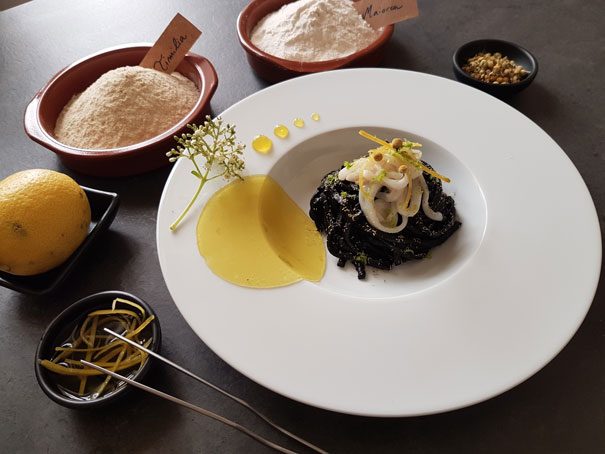
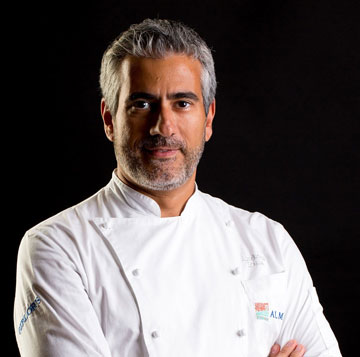
CHEF
Andrea Ruisi
KITCHEN
siciliana
DIFFICULTY
Average
DATA FOR PREPARATION
30 min
Prep
20 min
Cooking
55 min
Total
4 People
Doses
Recipe
INGREDIENTS
For pasta
For the dressing
Other, but not least
PREPARATION
Share the recipe
Sign up for our newsletter and stay updated on our delicious news
We don’t like spam. You can unsubscribe whenever you want.

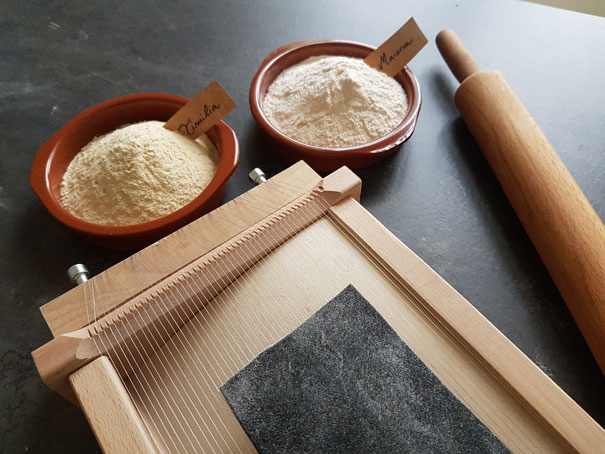
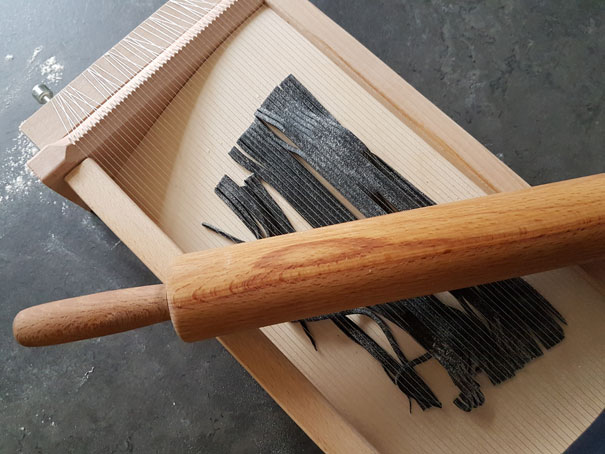
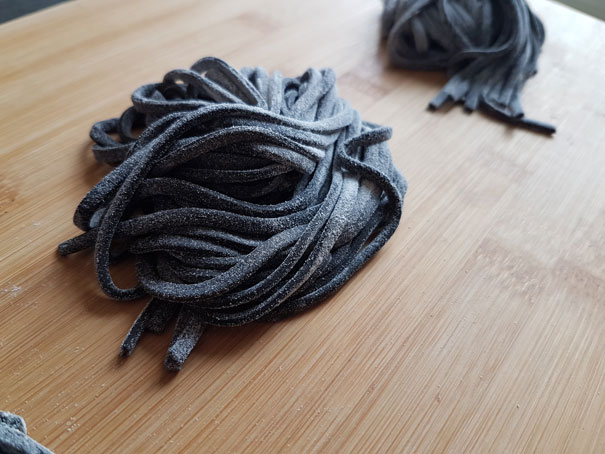
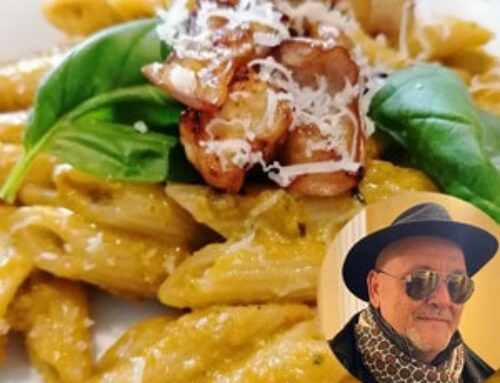
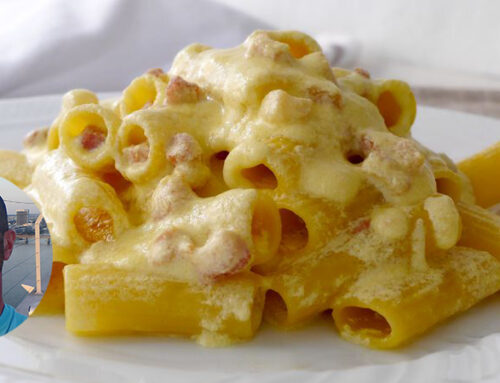
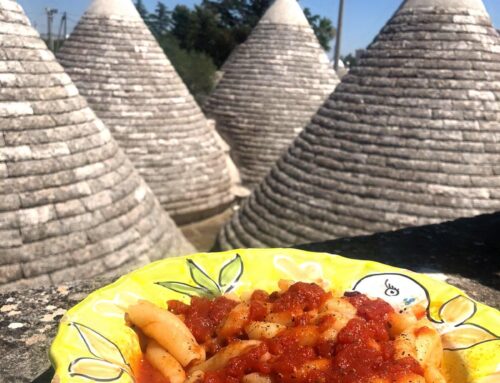
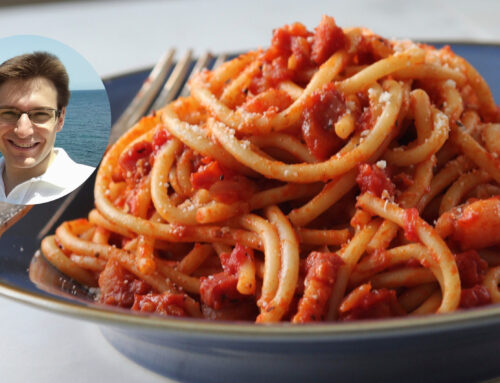
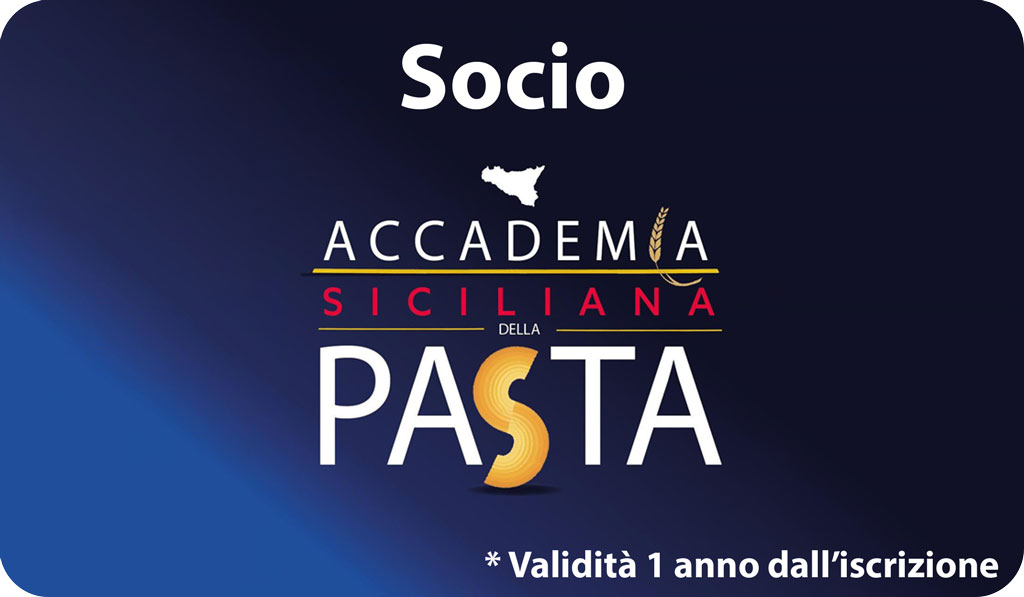
Leave A Comment